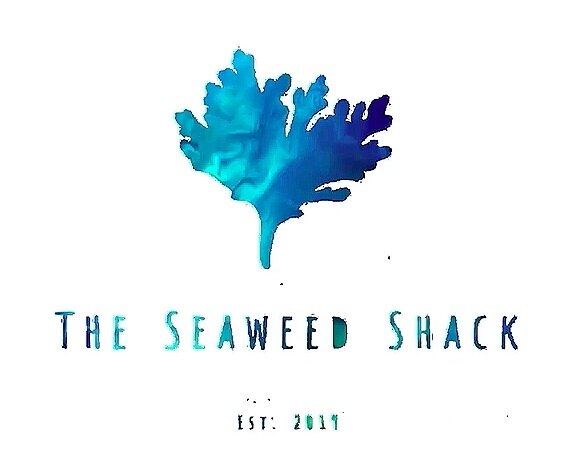Ragworm (Hediste diversiclor)
Like an alien monster in a sci-fi horror film, the ragworm has a truly terrifying appearance. Ragworms belong to the polychaete family of annelid worms in the family Nereidae. It lives in a burrow in the sand or mud of beaches and estuaries in intertidal zones in the north Atlantic. This species is used in research but its classification is in dispute, so in the literature it is often classified as Nereis diversicolor (O.F. Müller, 1776). Diversicolor refers to the fact that it changes colour from brown to green as the breeding season approaches.
Ragworm is commonly used by fishermen and anglers as bait. They show very good nutritional properties for fish feed, and are a powerful aphrodisiac for fish. This makes ragworms suitable for aquaculture feed for hatcheries. They also have the capacity to bioaccumulate heavy metals - so do your homework!
Polychaetes include both deposit and filter feeders (and some predators), which makes them ideal for recycling of nutrients and conversion into nutritious feed. Experiments are underway using marine worms to recover nutrients from side streams such as fish processing water, which could make the seafood industry more sustainable.
While being an ecologically important food source for multiple species such as flatfish, Hediste diversicolor has been found to have a deleterious effect on the establishment of saltmarshes. When tests were undertaken in southern England on establishing the seagrass Zostera noltei, it was found that efforts were more successful when the ragworm was excluded from the area of transplanted material. In the laboratory, ragworms were seen to pull leaves of the grasses into their burrows where they fed on them, and the disturbance to the substrate caused by their burrowing activities was also thought to contribute to reduced establishment rates.

